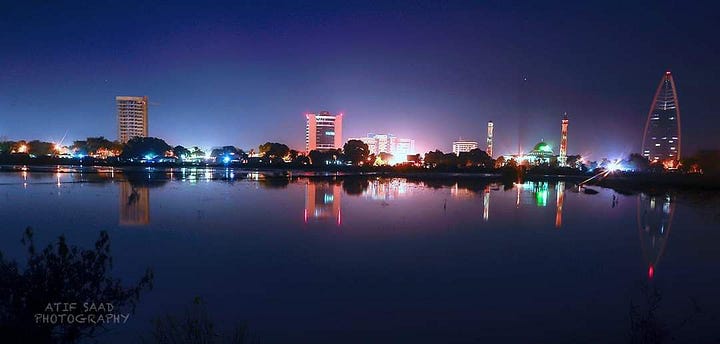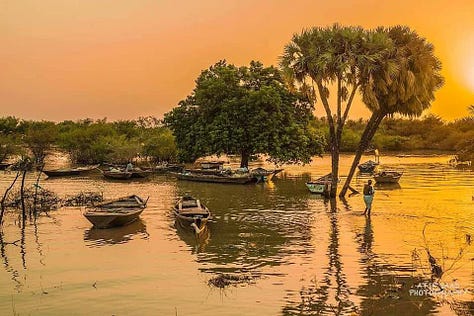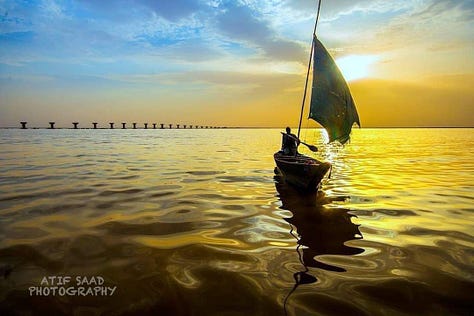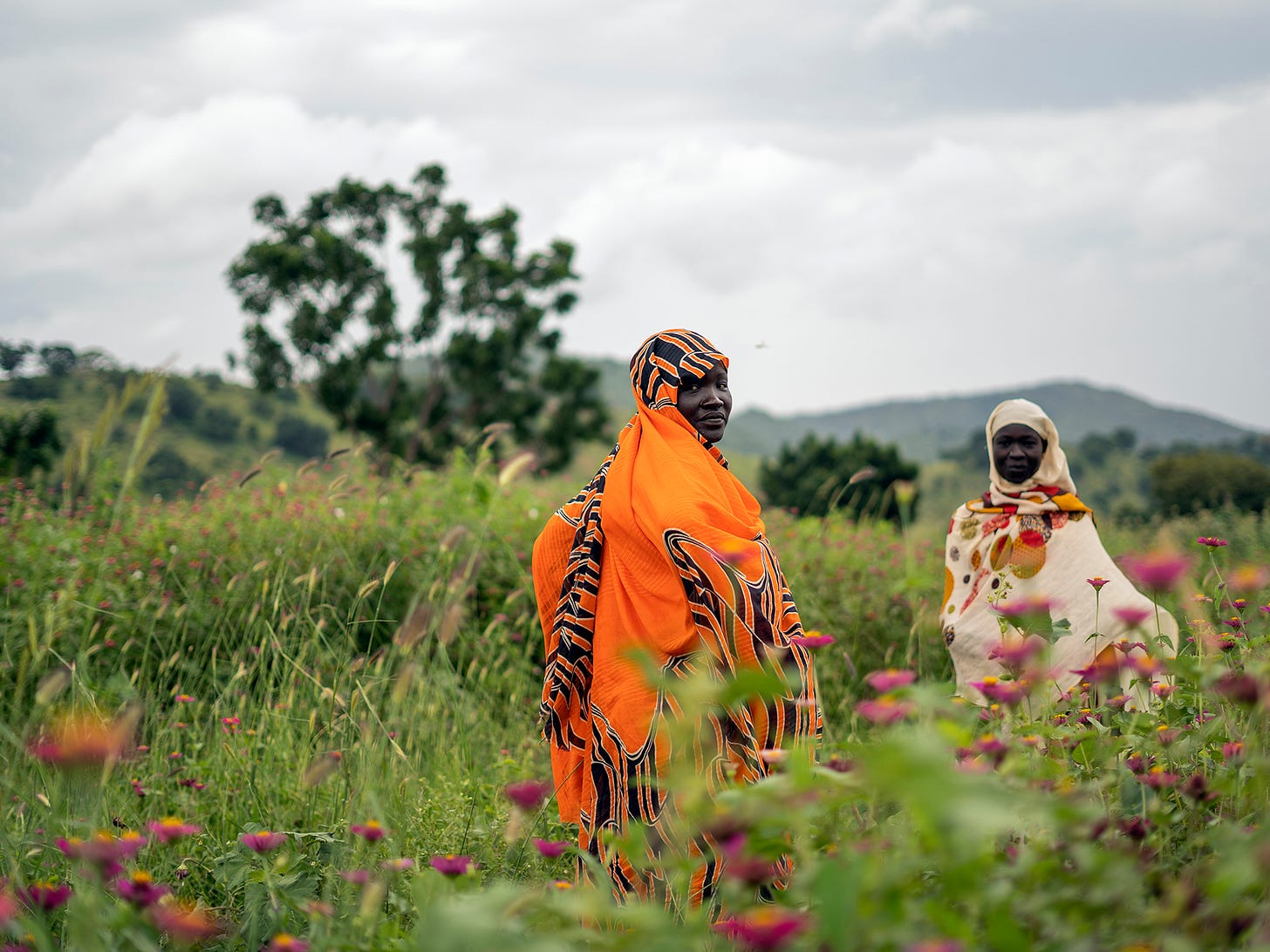For the people of Sudan, the Nile River is sacred. It is seen as the source of life and giving, having sustained civilizations throughout history.


The rituals associated with the river are deeply ingrained in the cultural legacies of the Nubian Kingdom, which thrived for over a thousand years along its banks.
The Nubians highly regarded the Nile, believing its waters could safeguard people and their souls from magic, envy, and evil. These beliefs gradually led to the development of rituals that connected the people with their revered river.
One captivating tradition centers around the joyous celebration of a newborn, where families come together to honor this new life. After a woman gives birth, she partakes in a procession with other women from her community, making their way to the banks of the Nile. In this ceremonial gathering, they gently wash the newborn's face, feet, and hands in the river’s flowing waters, a cherished ritual that establishes a profound and lifelong bond between the child and the river, which is revered as a source of life and nourishment.
On the fortieth day following childbirth, the group returns to the Nile for a second ritual, this time to cleanse the mother. This act symbolizes purification and renewal, marking her transition back into the community after the significant period of motherhood. The water from the Nile, believed to hold transformative properties, washes away the remnants of her labor, allowing her to step forward with strength and vitality as she embraces her new role.
For the Nubians, the sanctity of the Nile goes far beyond the moment of birth; it also touches upon significant life events such as puberty, marriage, and death. Beyond rituals and celebrations, it is also worshiped as a source of healing. The Suadnese people believe that this symbol of hope and health has the power to wash away ailments and rejuvenate their bodies.
In northern Sudan, when a wedding approaches, families walk down to the river to honor the newlyweds with green palm leaves. They then lead the couple to the water's edge for a ritual known as "Sira." This sacred cleansing ceremony involves washing in the gentle flow, allowing the couple to be blessed by its life-giving waters as they embark on their journey together.
In South Sudan, tribes such as the Dinka and Nuer believed that the floods of the Nile angered the gods. As a result, they would offer sacrifices, including children, praying for the river not to overflow and flood their land. Others connected the floods to a historical myth about a virtuous girl named Bakht, who drowned in the river. These groups of people referred to the floods as "Bakht of the Nile," leading them to throw gifts into the river to appease it.
Interestingly, the ancient Sudanese civilization's connection to the Nile dates back to even before the Nubian kingdoms, covering a significant distance of over 1,400 kilometers from south of modern day Khartoum along the Nile Valley down to the southern border of Egypt. This relationship originated with the Nilotic people, whose civilization is traced back to the pre-dynastic period and reached its peak during the historical Kingdom of Kush. The Nile is celebrated in archaeological discoveries and inscriptions from the Kingdom of Kush, where rituals related to death, burial, and mourning for Kushite kings were held along its banks.
A History of Myths and Popular Narratives
The great Sufi poet, Al-Tijani Yusuf Bashir, captures the unique bond between the people of Sudan and the Nile in his poem "Descendant of Paradise."
"أَيُّها النيـل في القُلوب سَلام الخُلد وَقف عَلى نَضيـر شَبابـك
أَنتَ في مَسلَك الدِماء وَفي الأنفاس تَجري مُدَوياً في اِنسيابك"
"O Nile, eternal peace is in the hearts. Stand in the freshness of your youth. You are in the path of blood and in the breaths you run thunderously in your flow"



The core notion of life, its continuity and the deep sociality of Nubian local communities can be understood from their perception of the main ecological components of their living space (water, land and agriculture). In this context, water is represented by the Nile because it is the only source of life as a valley crossing the most hostile desert in the world. The economic notions constructed around the vitality of the Nile, land and the palm trees (their main cultivated crop), sustainability of the farming, a permanent undisturbed flow of the water and the continuously enriched soil by silts brought by floods, are what constitute the ontological base for the Nubian peasants’ culture. Leading a peasant life for several centuries under these conditions, the Nubian sense of security has become deeply entrenched in this triangle (water, land, and cultivation). The local conceptualisation of these conditions of existence is extrapolated from this ecological triangle. Unpacking these components sheds light on Nubians’ traditional notions of life, being, individual and communal identity, spirituality, security, progress, risk/danger or decay and how they position themselves in a wider world.

This deep connection between people and the river reflects the rich heritage of the eras and civilizations that have thrived on this land. They recognize the river as a vital source of life—an essential element that nourishes all existence.
Reference material provided by Tamer Mohammed
Edited by Uttara Valluri, Curatorial and Design Researcher at the Living Waters Museum






